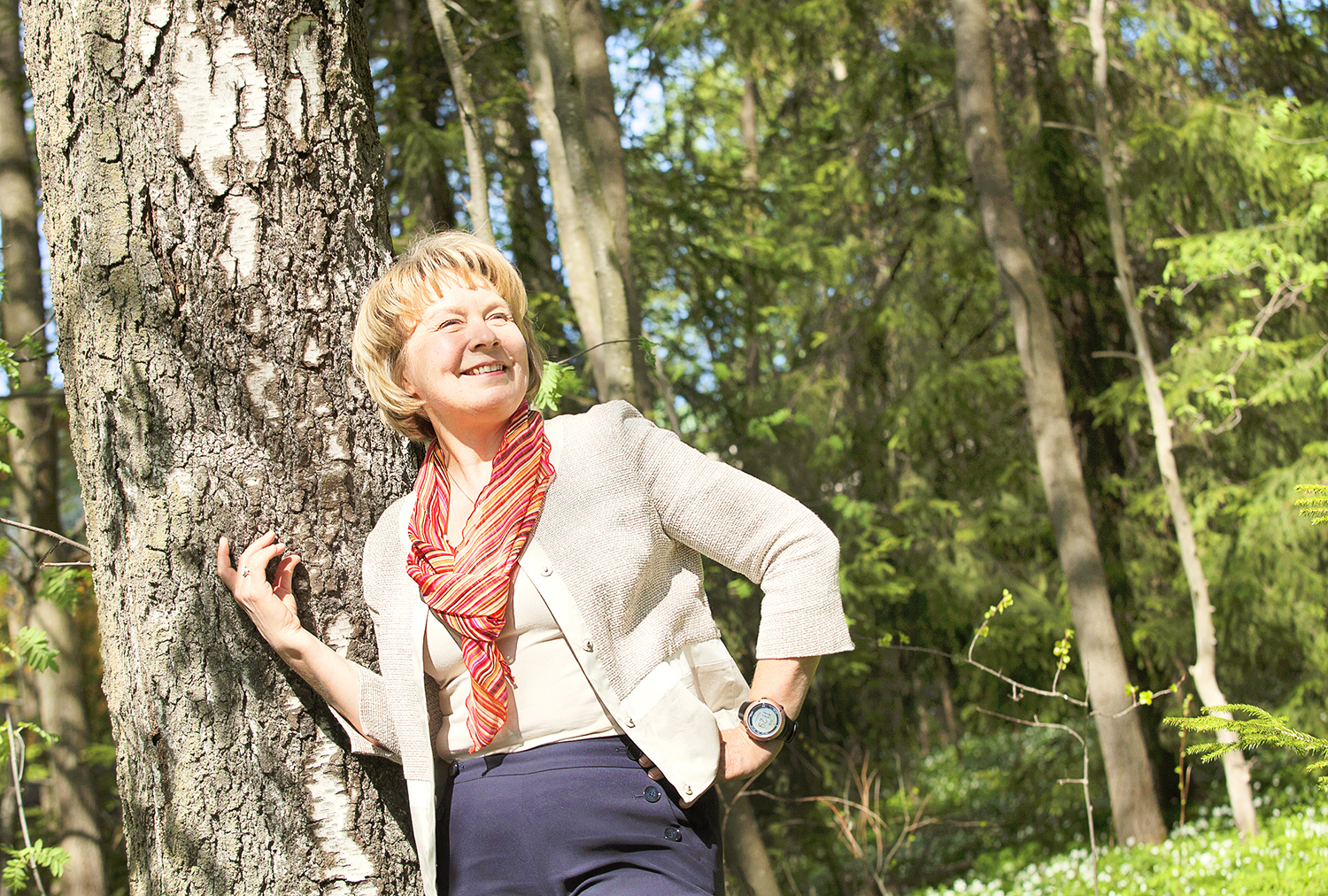
The energy transformation is increasingly visible in our daily lives. Wind power is already a familiar concept. Solar panels have begun to appear on the roofs of large business properties, houses and cottages. Electricity is being produced in a more decentralised manner in smaller units, and the amounts generated and the time of production depends on the weather conditions. More and more electricity users are simultaneously becoming electricity producers. Another addition to the power system is electric vehicles and electricity storages, which make it possible to utilise renewable energy and store it for later use.
Changes in electricity production and consumption represent a challenge for the electricity market, power system use and electricity grid. It has to be easier for decentralised production to enter the market and for consumption to actively participate in it.
We have a strong main grid and good cross-border connections to neighbouring countries. This is due to long-term transmission grid development. As a result, Finland has remained a single-price area in the wholesale market. We don’t have any bottlenecks inside the country that would limit electricity transmission and cause price differentiation on the wholesale electricity market in Finland.
Changes in electricity production and consumption will create needs to supplement the internal transmission grid and cross-border connections. The best conditions for producing renewable, weather-dependent production in Finland exist in the northern and coastal regions, where there is a lot of wind power that can be converted into electricity. Fingrid and the Swedish transmission system operator have decided to implement a new cross-border connection in the north by 2025. Increasing the transmission capacity between Sweden and Finland will allow the flow of reasonably priced electricity into Finland, and it will also improve the opportunities to invest in renewable energy in both countries.
The increased transmission capacity between Sweden and Finland will also require reinforcement of Finland’s internal electricity grid as more electricity has to be moved from north to south. The Forest Line running from the Oulu region to Central Finland will serve this need. It will also serve domestic needs by enabling the transport of electricity produced with renewable energy in the north to consumption points in more southerly parts of the country.
Along with the transmission grid and cross-border connections, electricity market rules require continuous development in order to keep up with the changing needs of the power system. In the future, electricity will be traded in 15-minute periods instead of the hourly period now used – thus bringing trading even closer to the time of use. This change is happening because the share of production that varies and is difficult to forecast will increase. We need a wide-ranging and well-functioning market to balance the variations between production and consumption.
Research and development also play an important role in terms of implementing this major change in the power system in a controlled manner. Our research and development projects carried out in cooperation with various experts allow us to keep up with the pace of change. The targets for our R&D activities in the next few years are to enable the energy transformation and maintain a good level of system security and cost-effectiveness. Last year, electricity transmission reliability in the main grid was 99.9997%, we continued to perform very well in cost-efficiency studies, and our main grid tariffs were among the most reasonably priced in Europe. These are things that we must continue to nurture in the future.
Asta Sihvonen-Punkka
Senior Vice President, Markets
Fingrid Oyj







